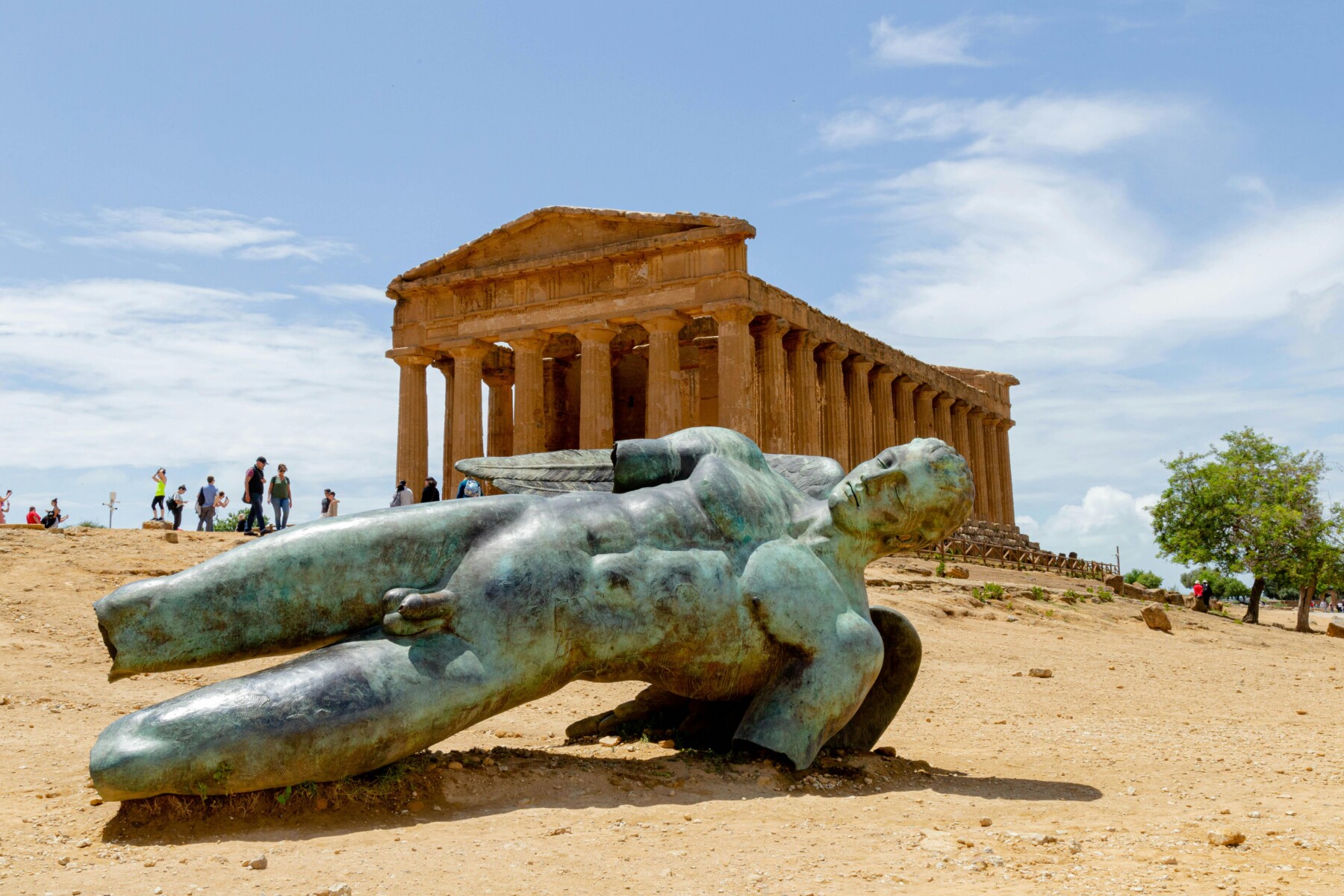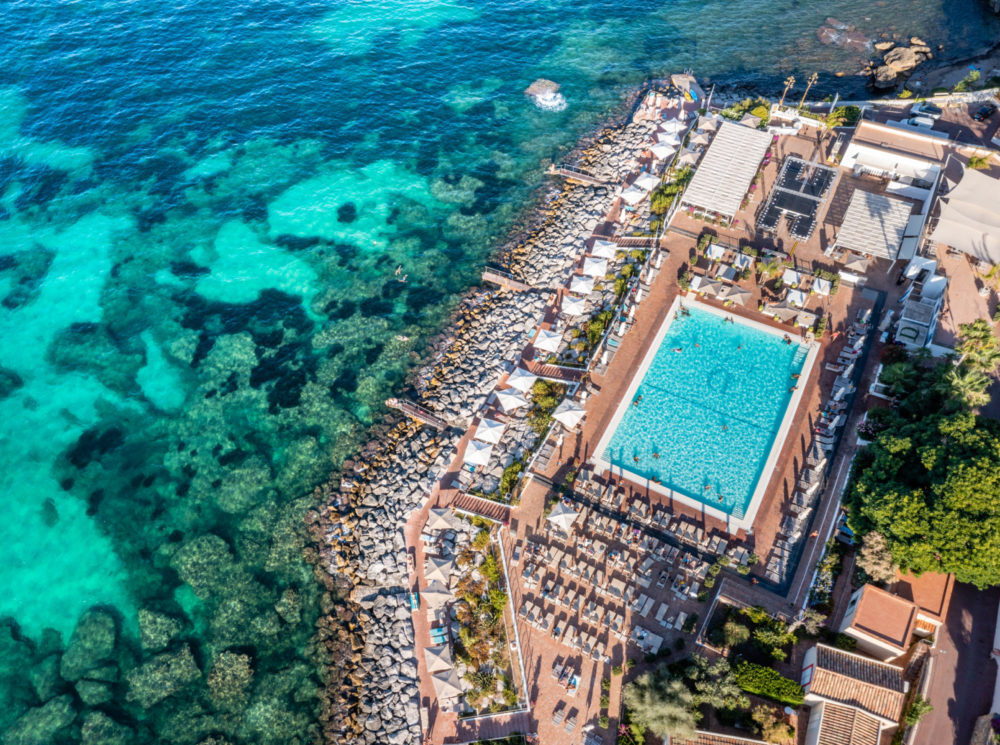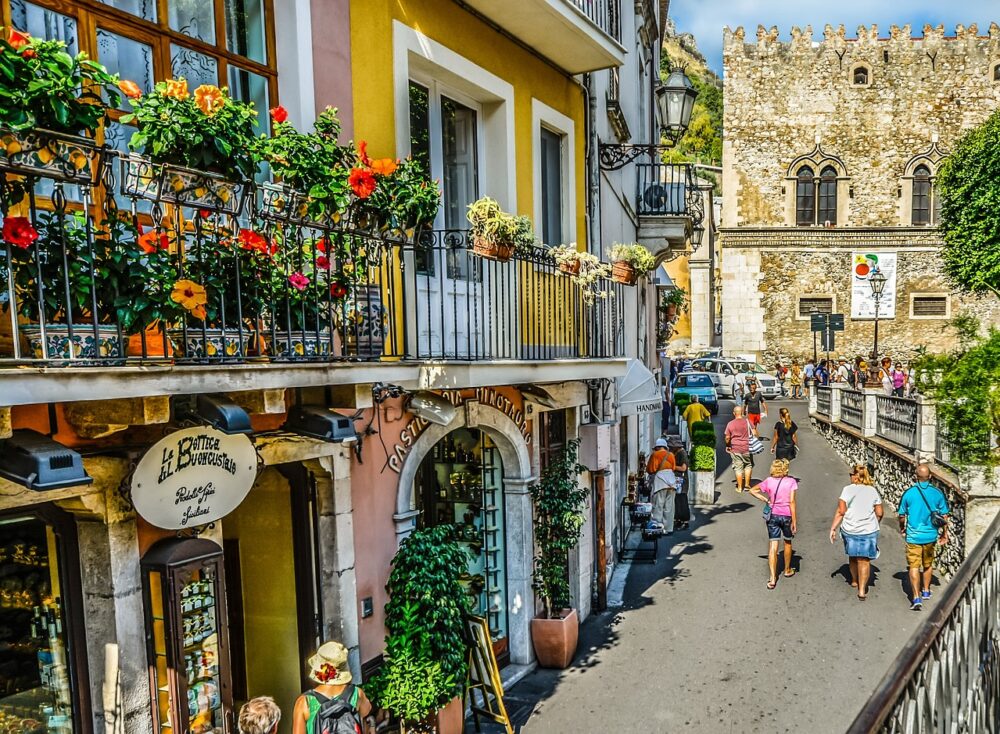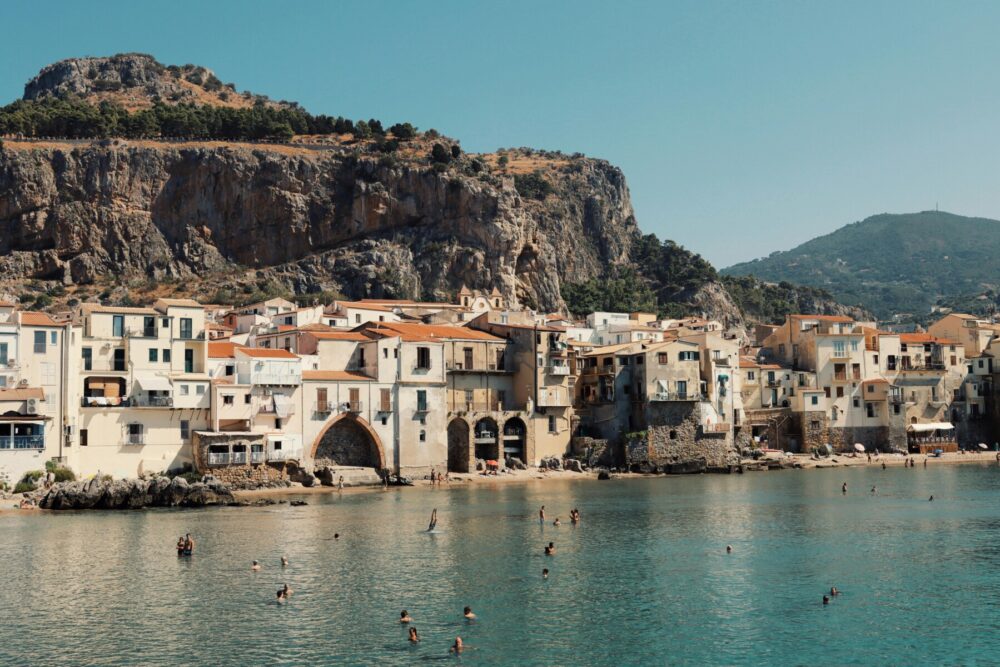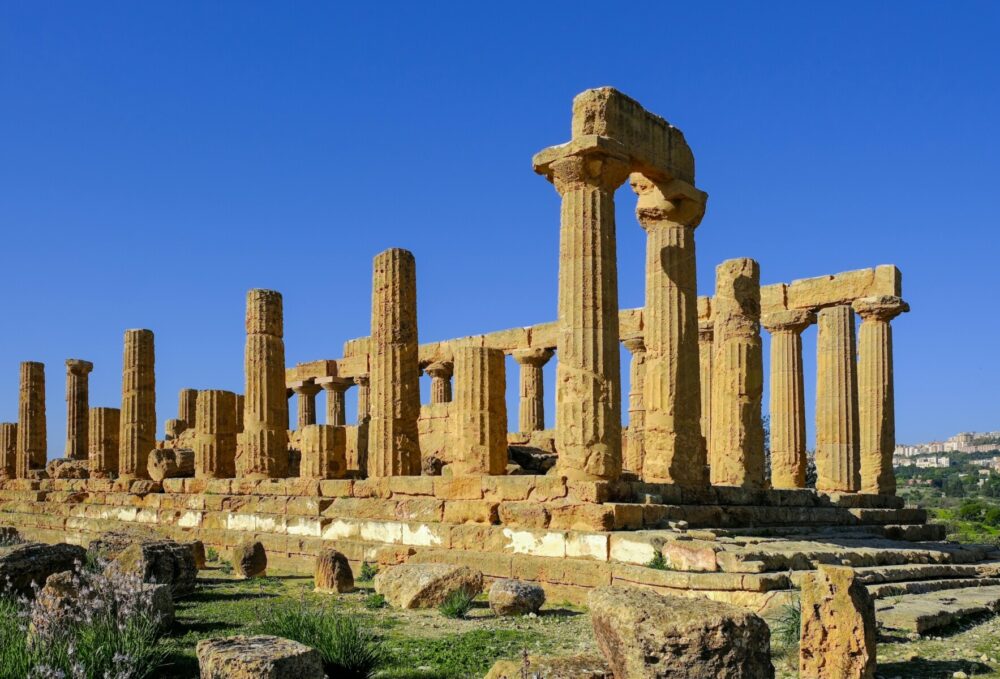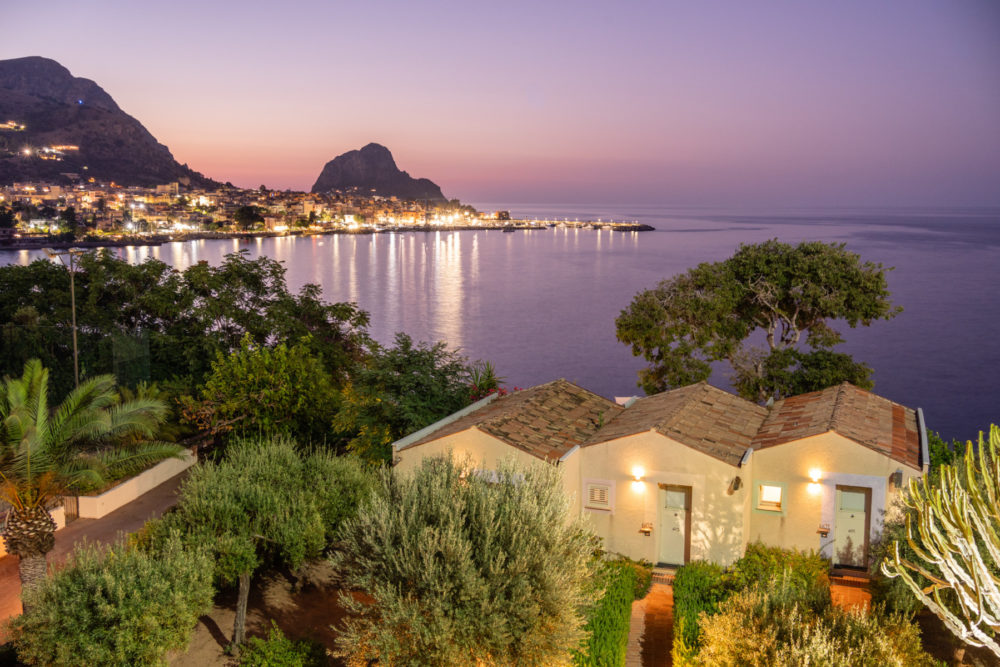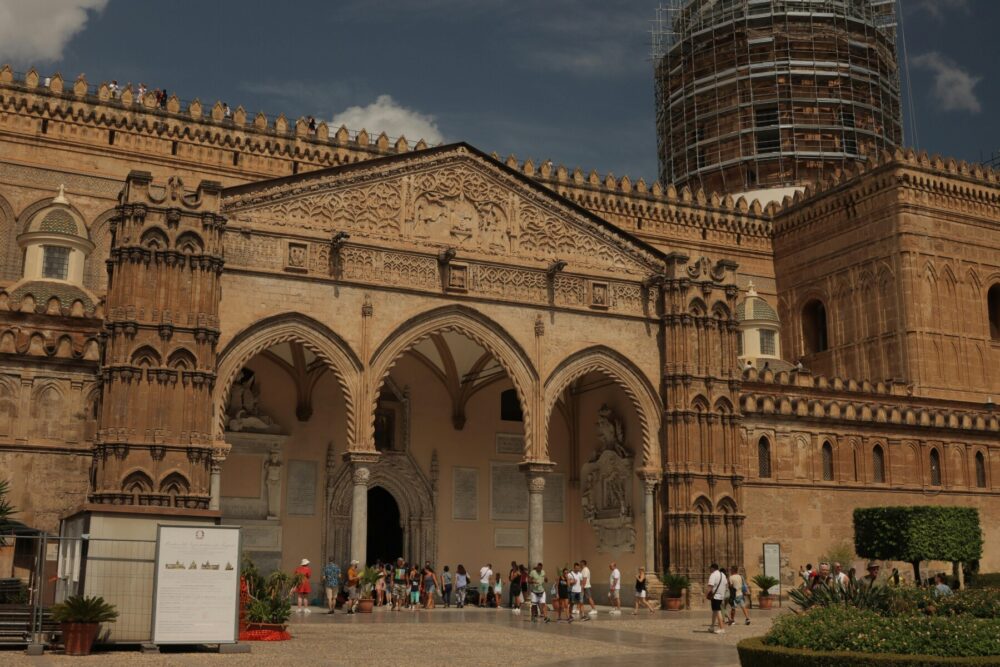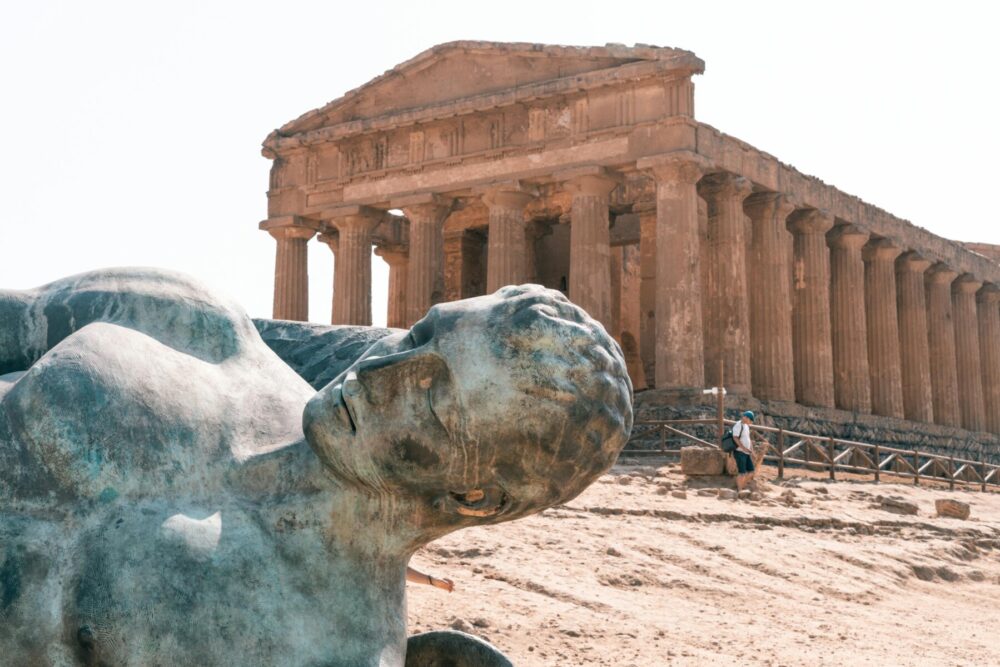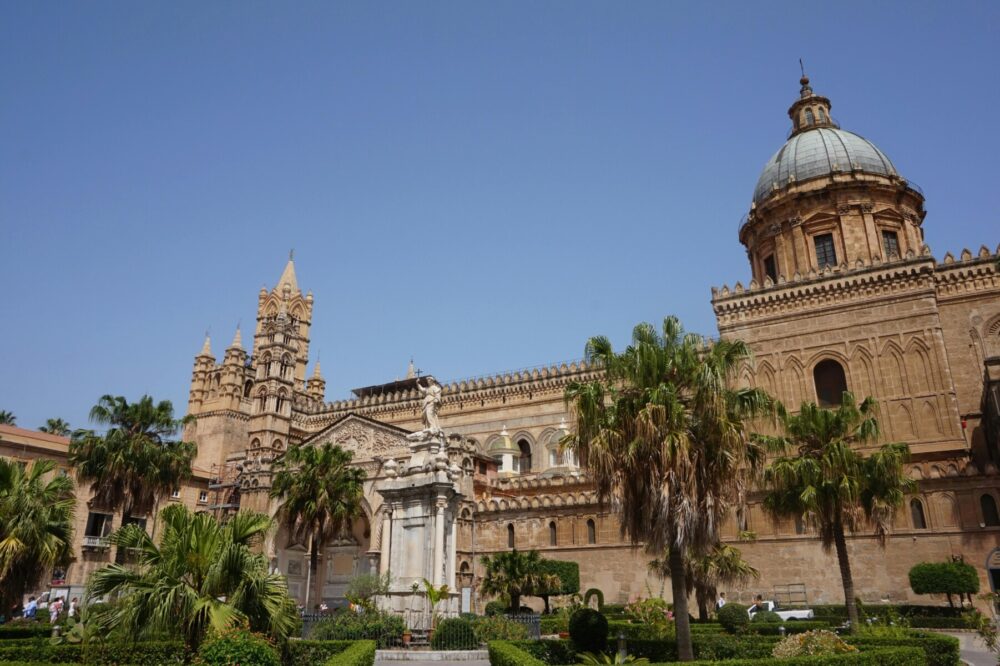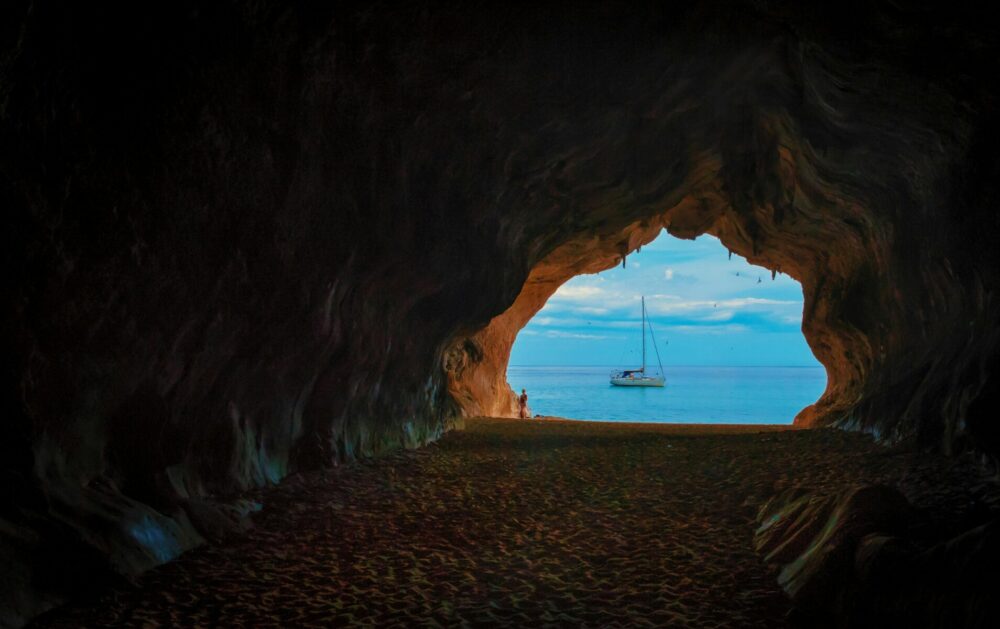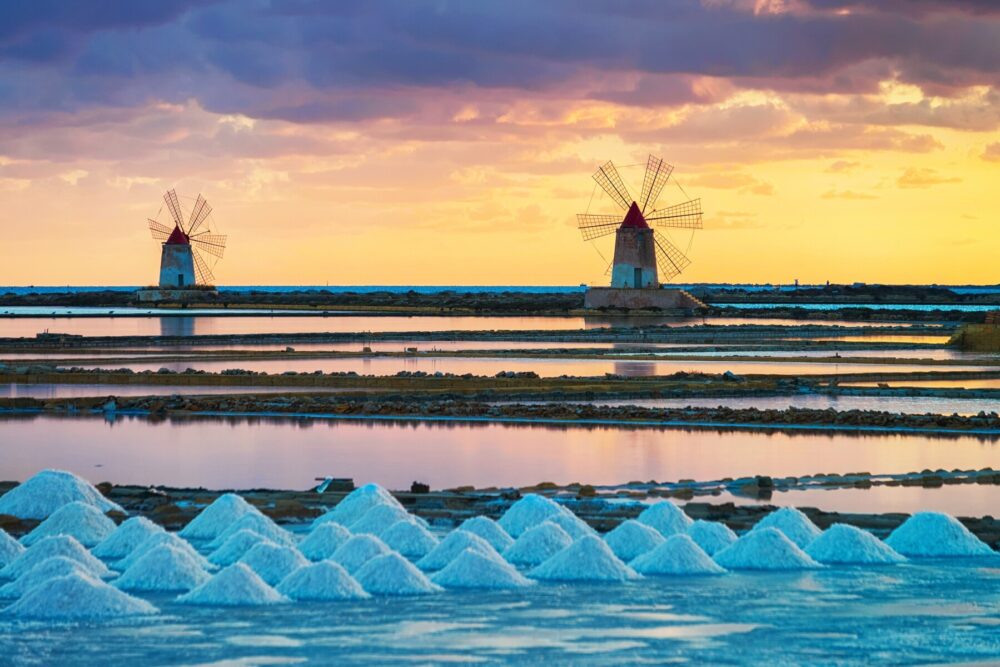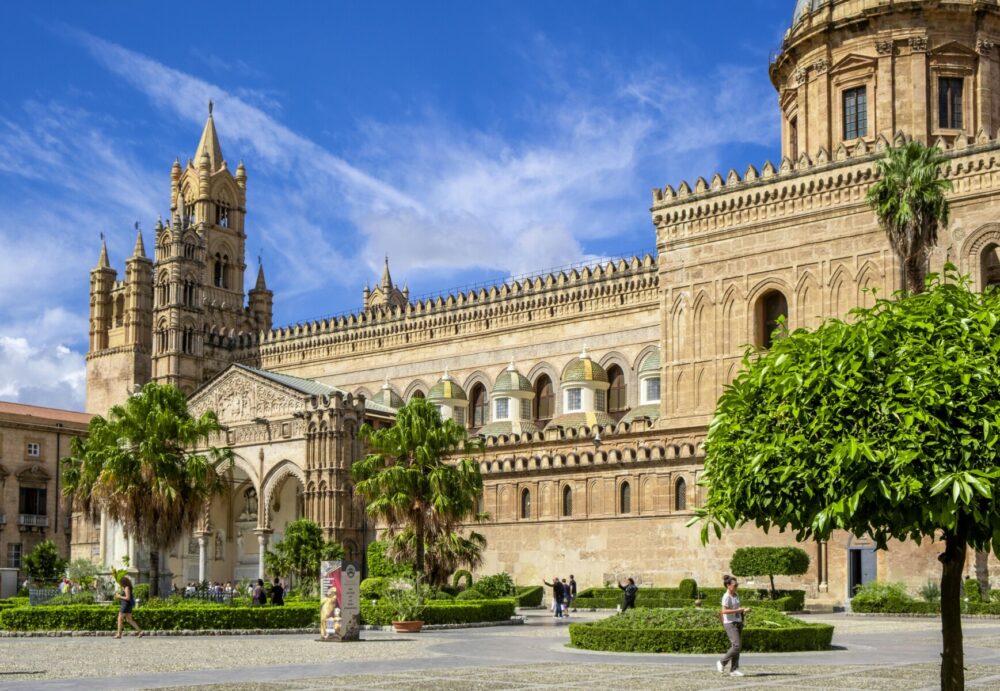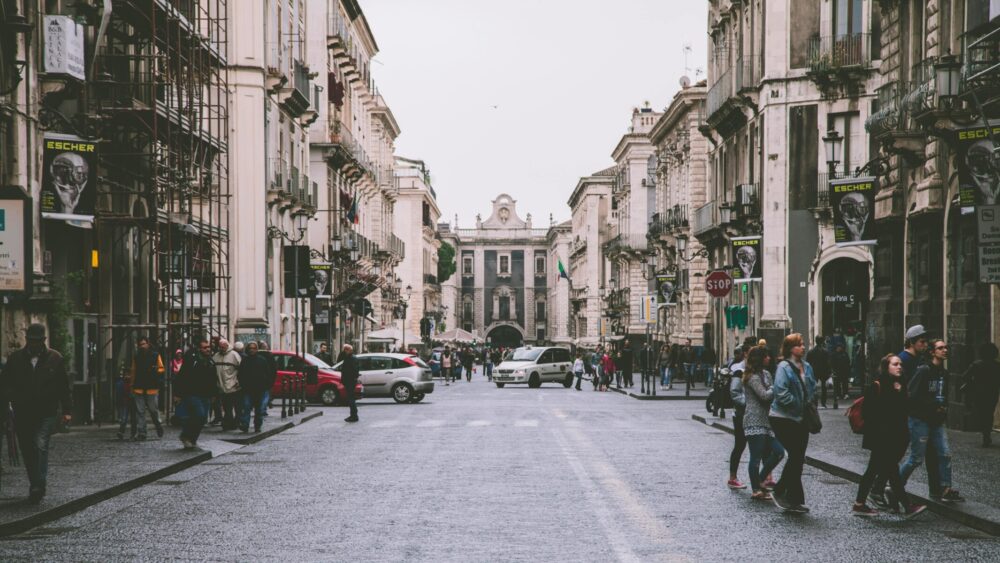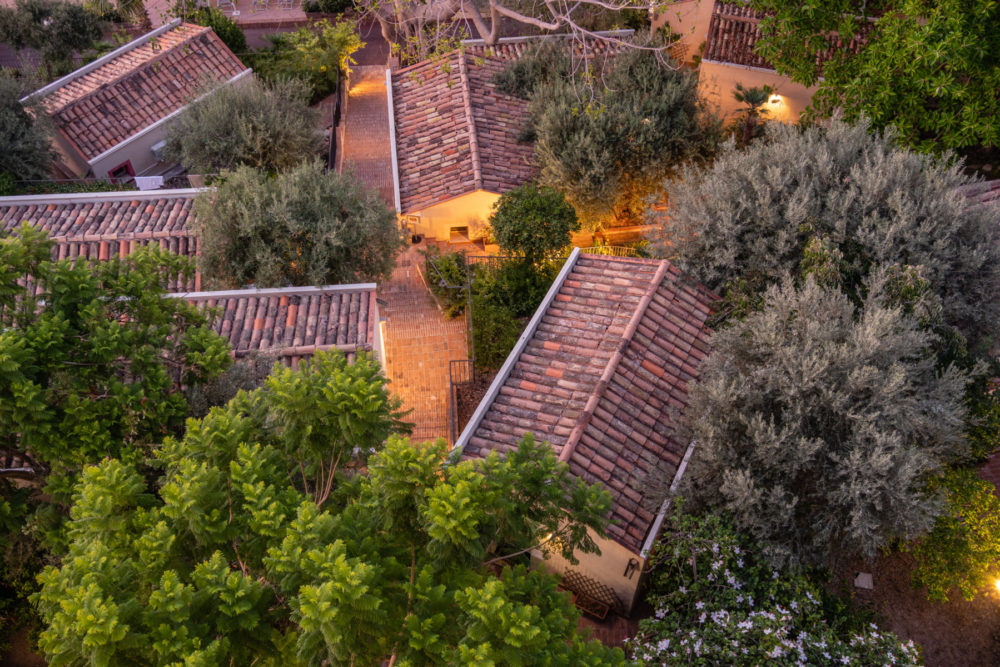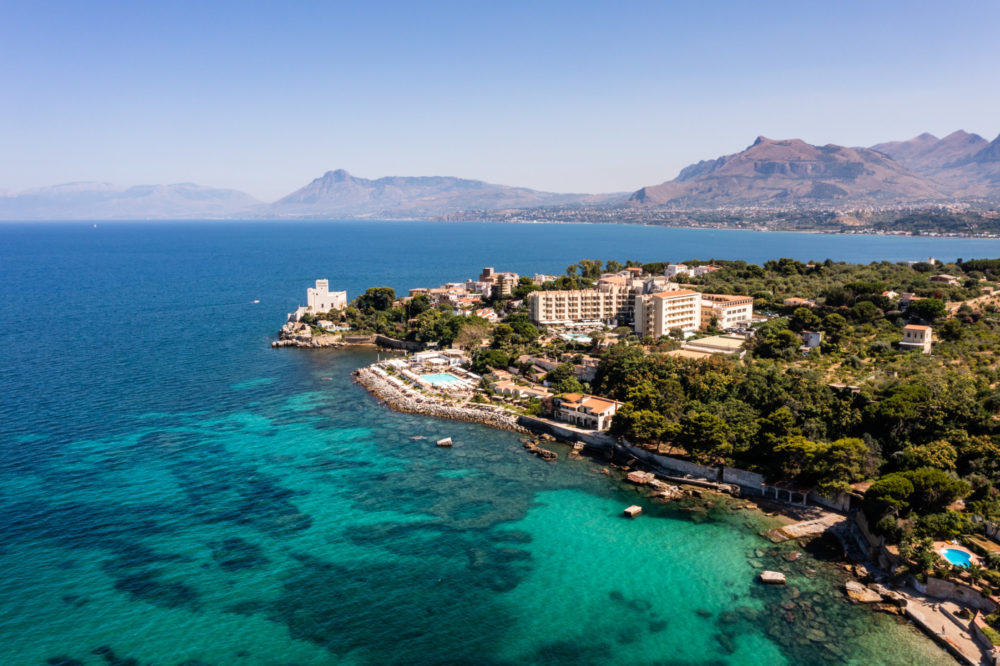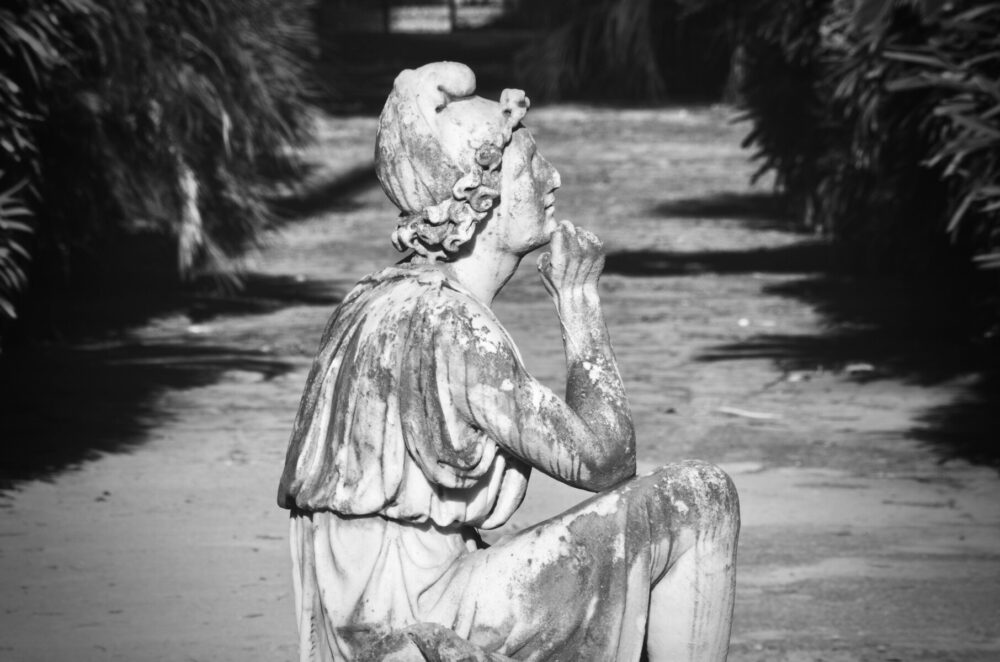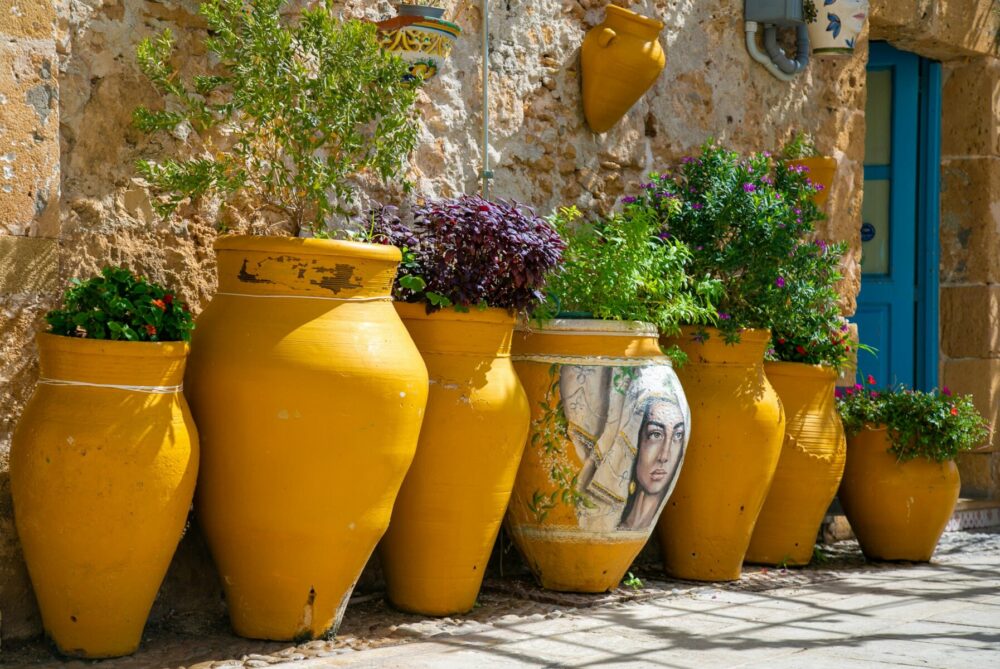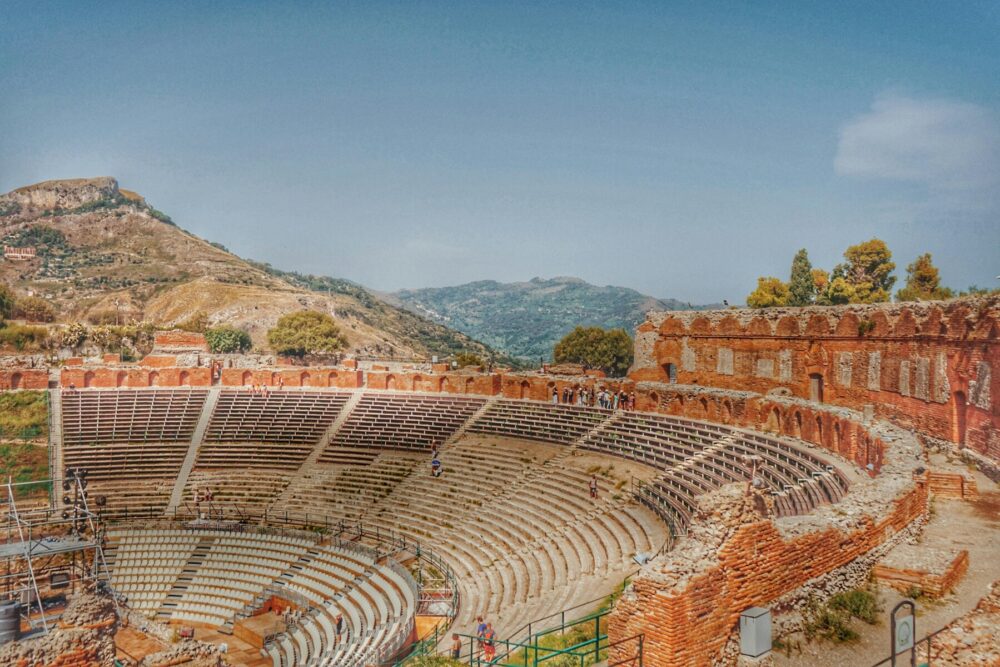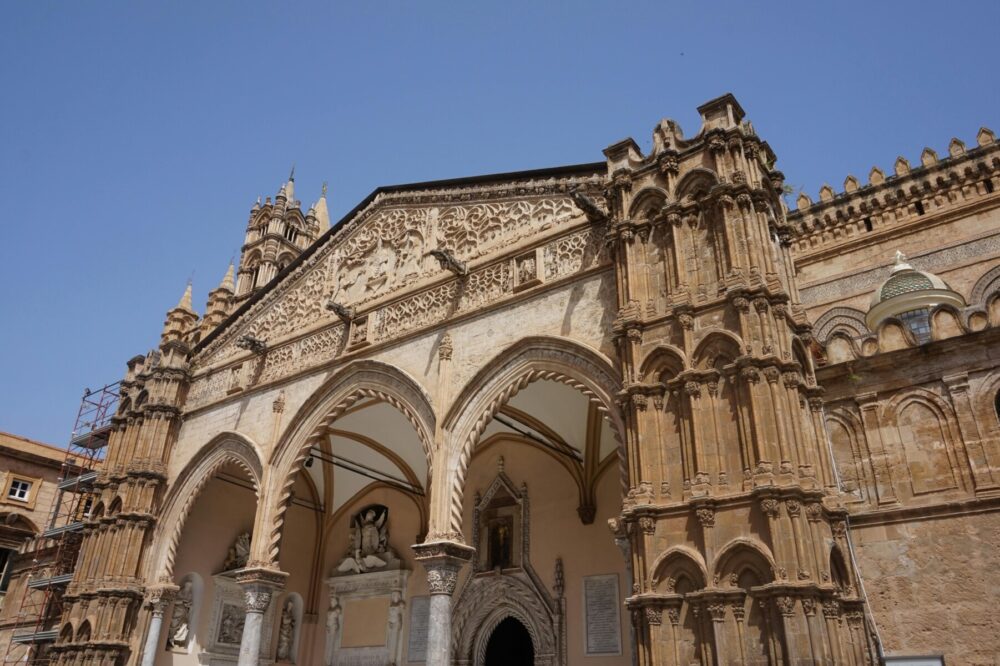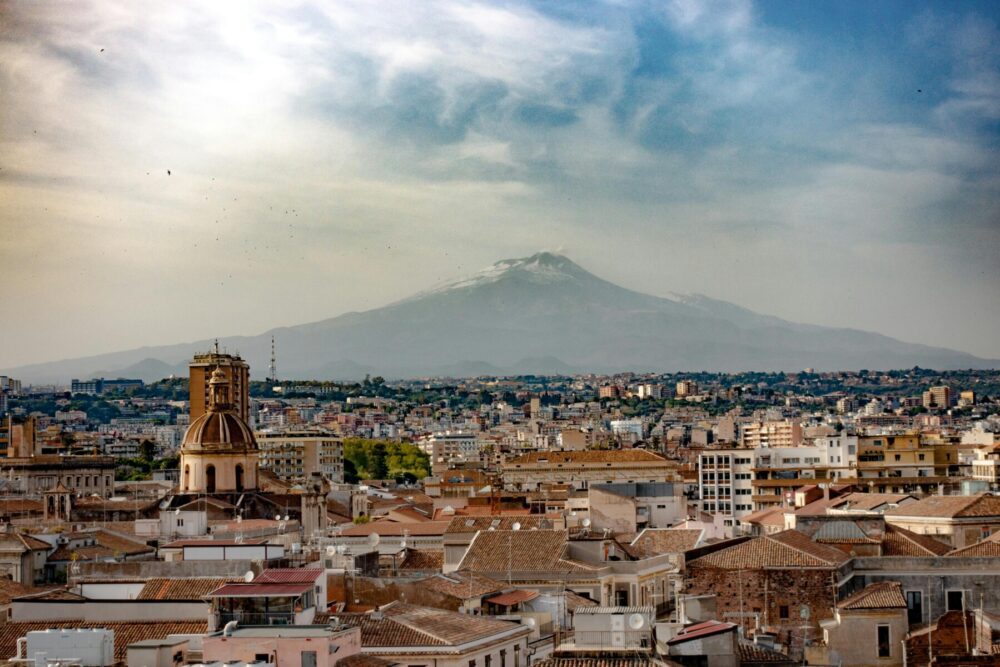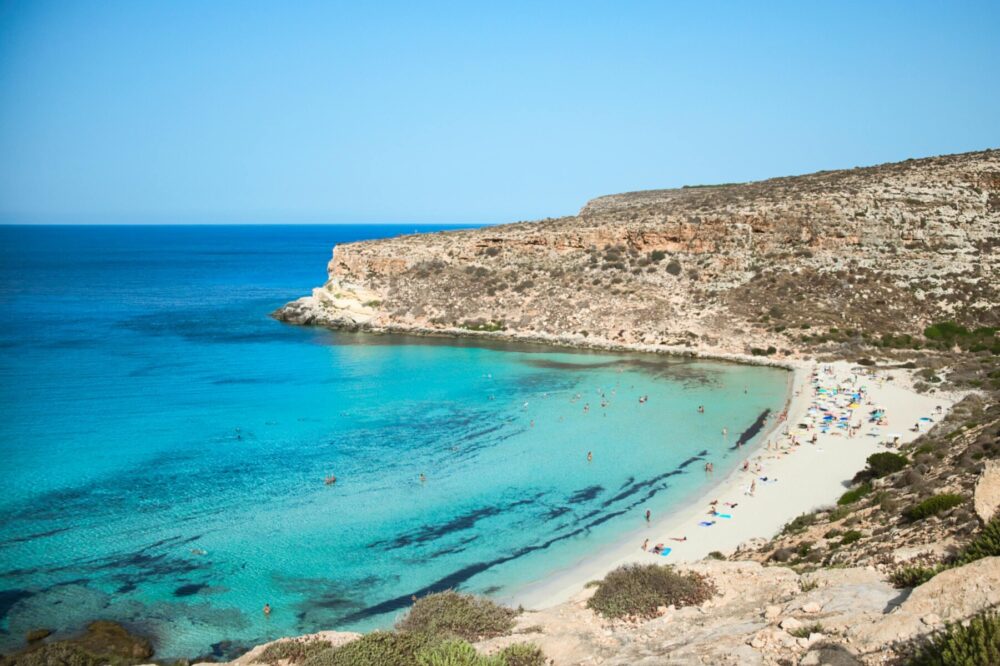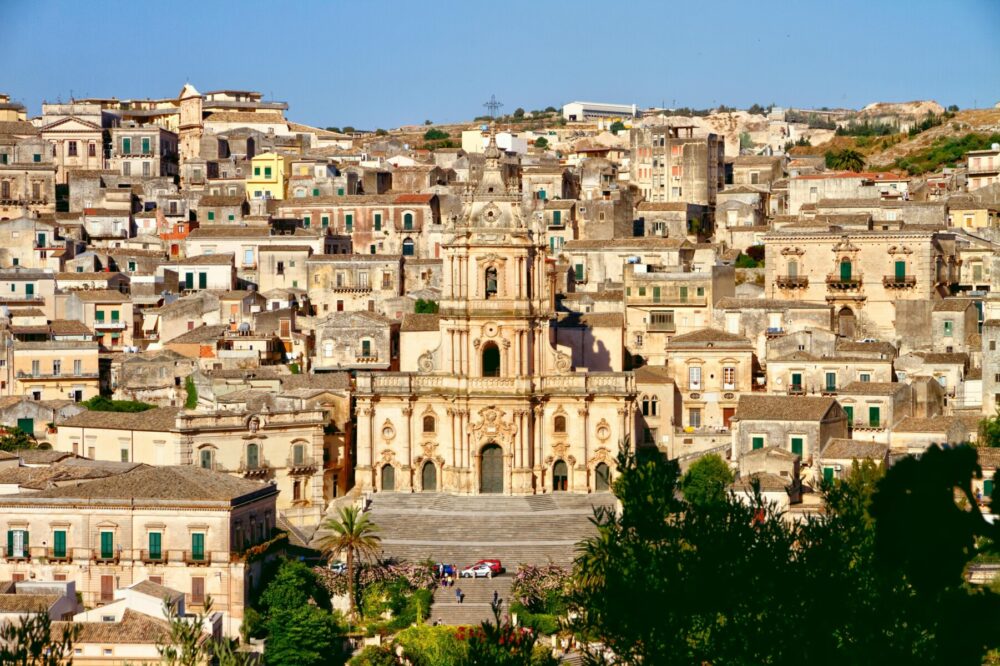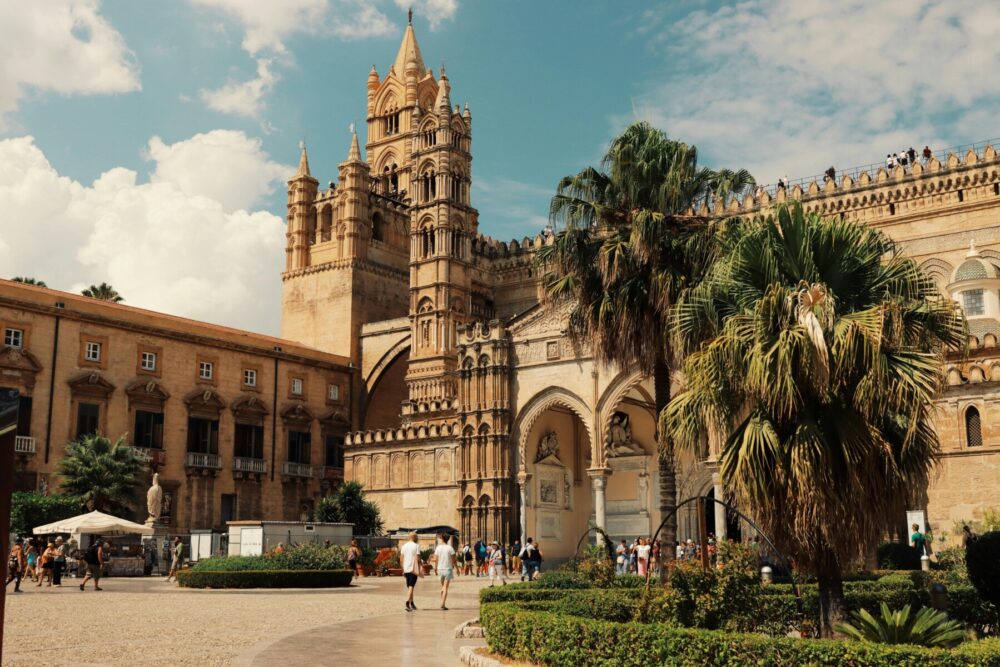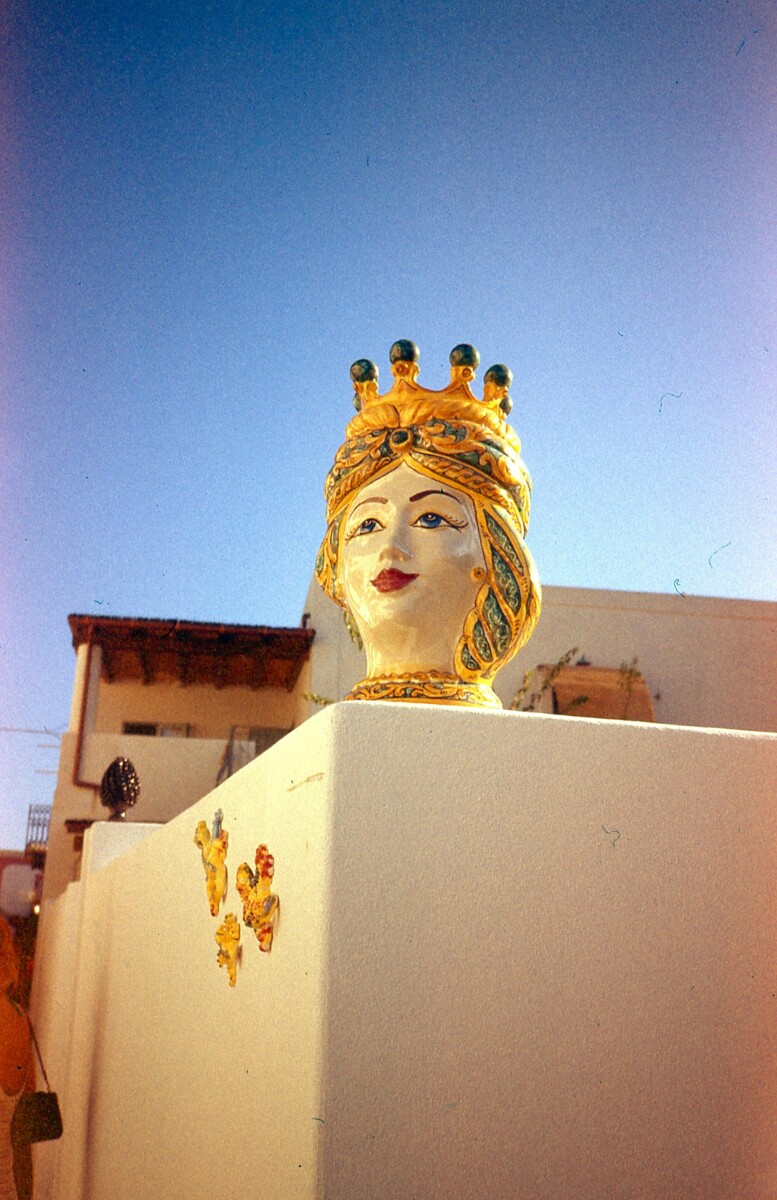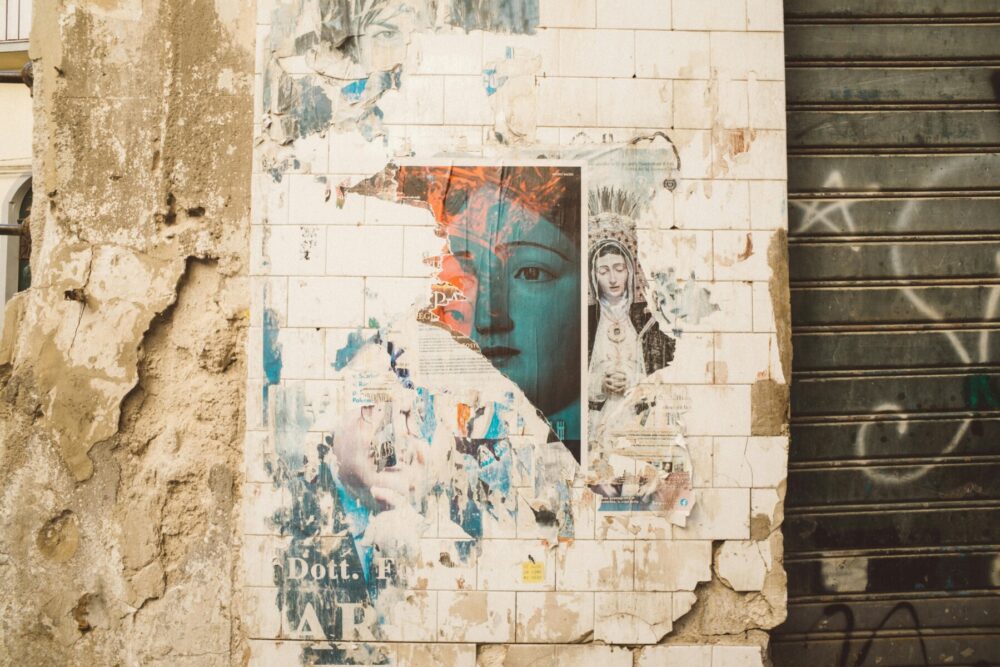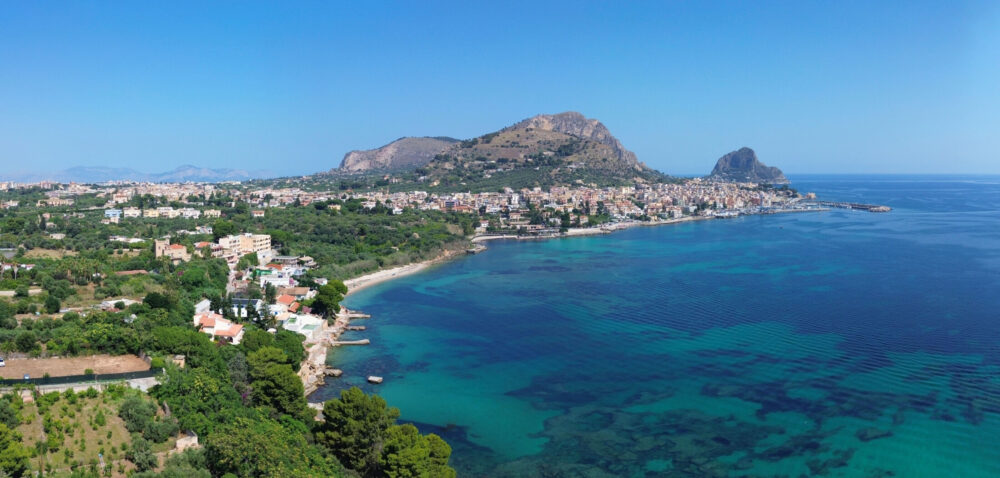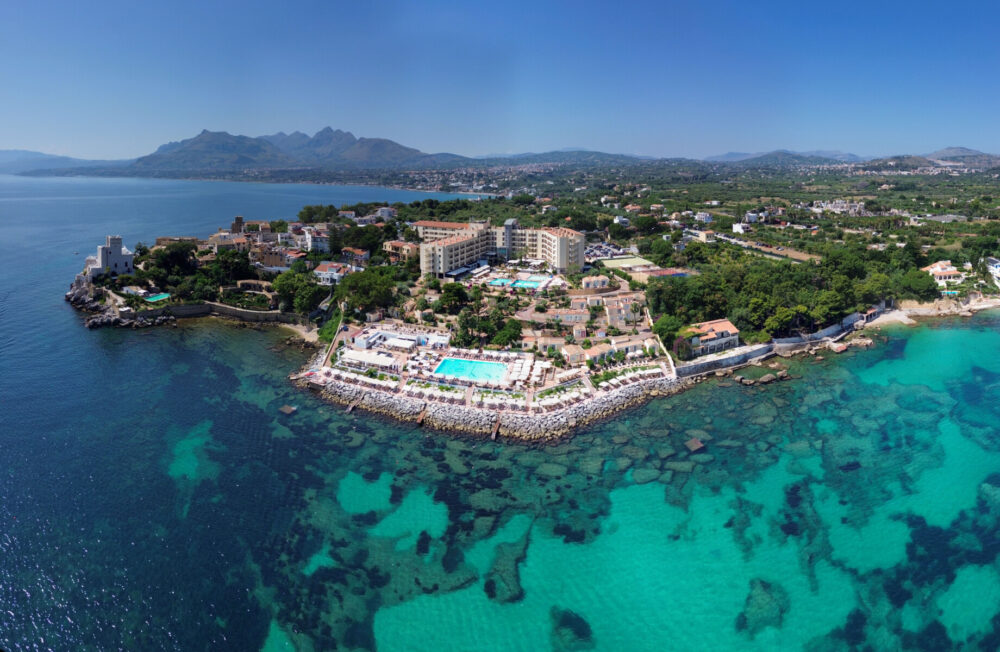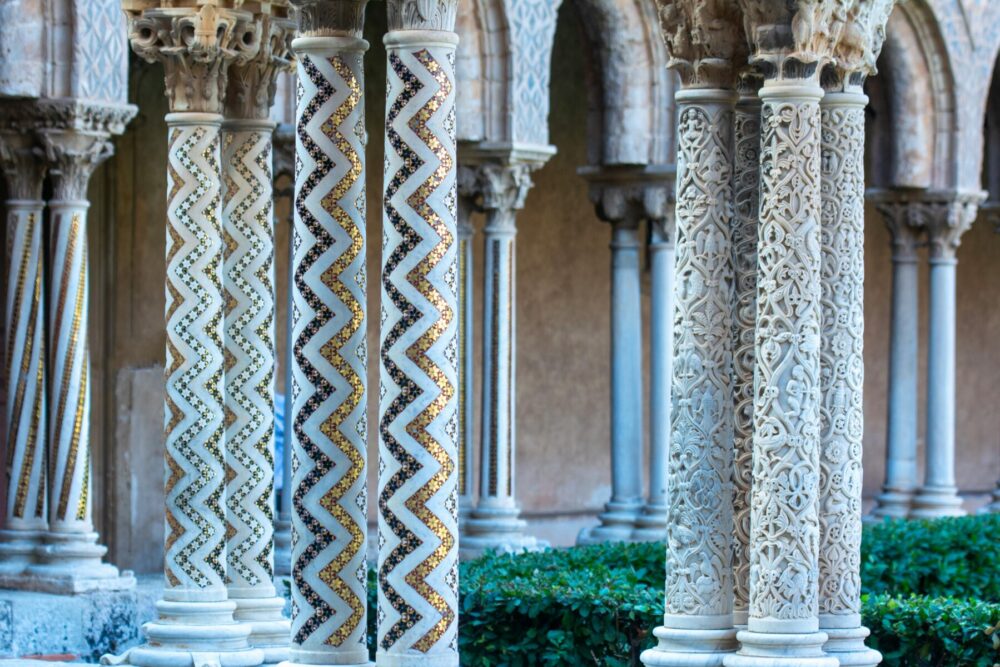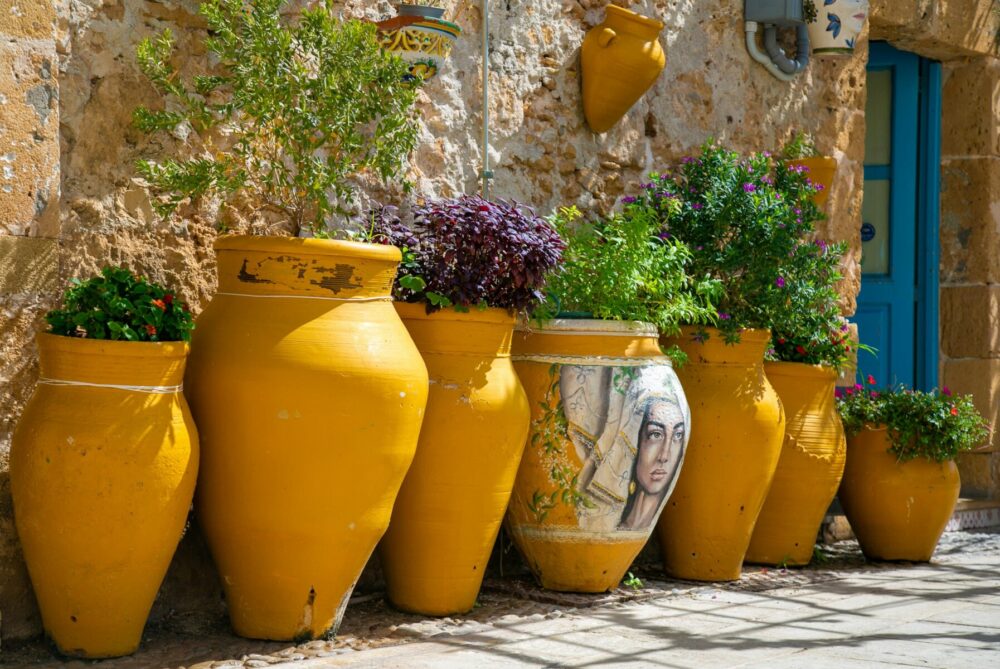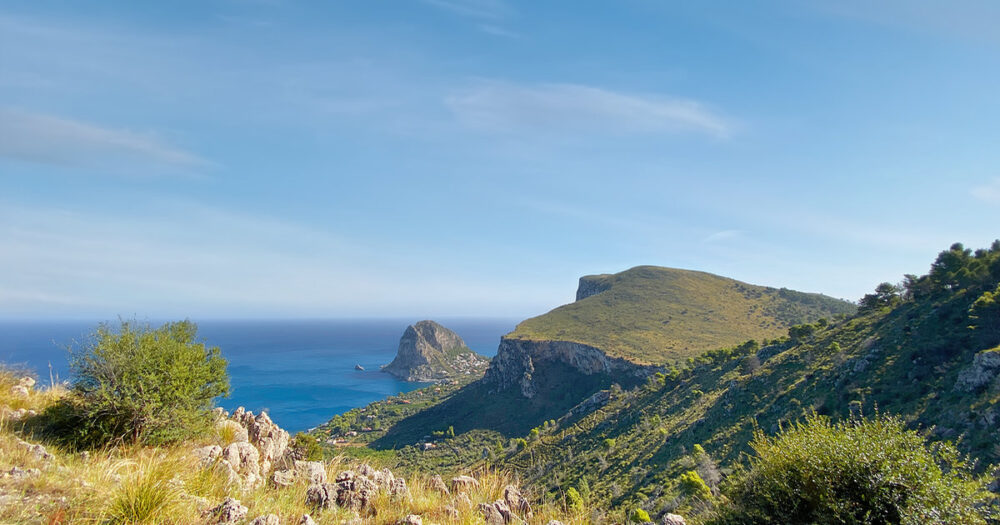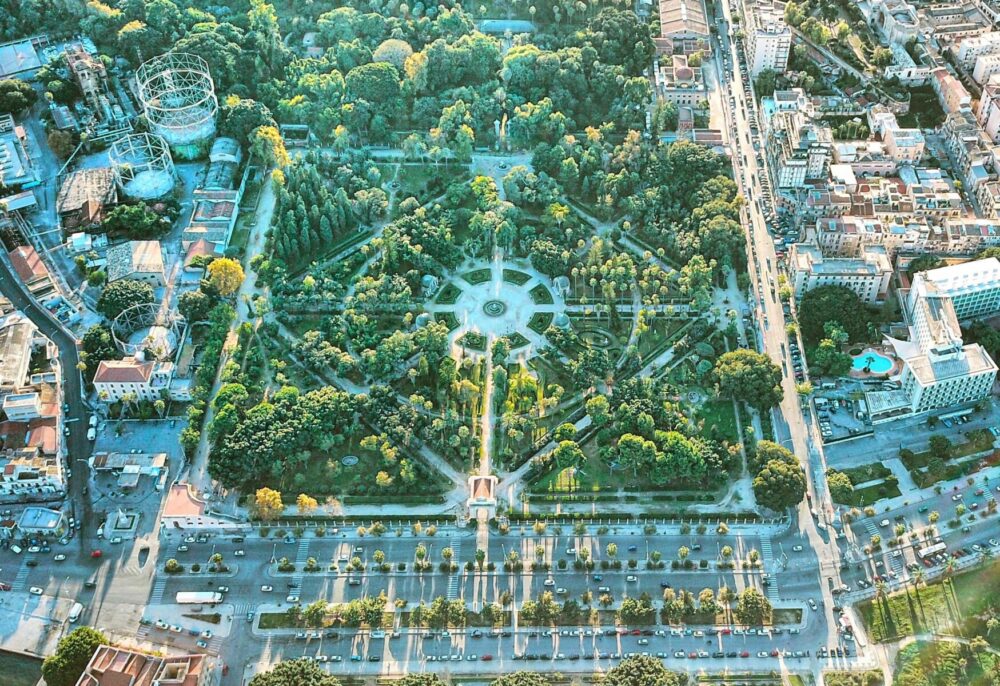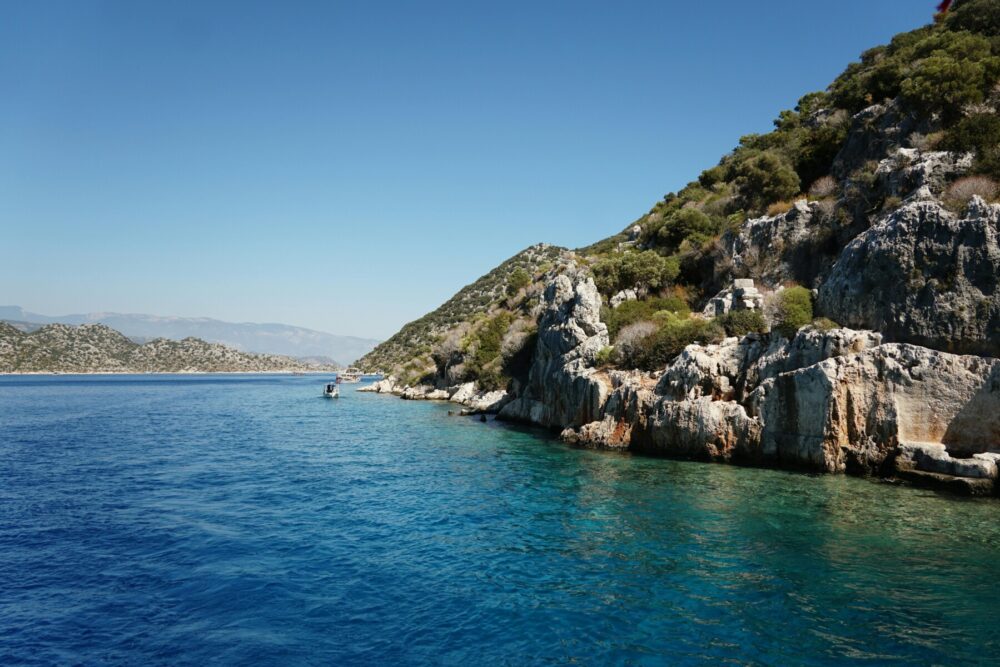10 most beautiful archaeological sites to see in Sicily
Sicily, with its rich history and culture, is one of the most fascinating destinations for archaeology lovers. This beautiful Mediterranean island is a veritable open-air museum, where around every corner you’ll find stories of ancient civilizations. From Greek temples to Roman theatres, Byzantine mosaics to Punic necropolises, Sicily offers a journey through time with its extraordinary archaeological sites. Let’s discover the unmissable places that make this land a priceless treasure for history and archaeology enthusiasts.
Where are the archaeological sites in Sicily?
Sicily is dotted with archaeological sites that testify to the presence of different civilisations that have left an indelible mark over the centuries. Among the most famous, the Valley of the Temples in Agrigento is a Doric temple complex dating back to the 5th century BCE, considered one of the largest and best preserved in the world, dedicated to the worship of Demeter and Persephone. In Syracuse, the Neapolis Archaeological Park is home to the Greek Theatre, the Roman Amphitheatre and the Via dei Sepolcri, as well as the Tomb of Archimedes and the Ear of Dionysus, a uniquely shaped artificial cave.
Selinunte, located on the south-western coast, is another site of great importance, the largest archaeological park in Europe with its temple, necropolis and acropolis ruins offering breathtaking views of the sea. In the western part of the island, Segesta, which stands on Mount Barbaro, boasts a Doric temple, a theatre, the sanctuary of contrada Mango, the agora, and the navarch’s house overlooking an enchanting hilly landscape.
Mozia, an island in the Stagnone Lagoon of Marsala, is an ancient Phoenician colony located on the Island of San Pantaleo in the Stagnone Nature Reserve of Marsala, where you’ll find remains of walls and houses, and a tophet, a Punic sanctuary, all collected in the Whitaker Collection Museum. Not forgetting Piazza Armerina, famous for its Villa Romana del Casale with its extraordinary mosaics, and Taormina, with its Greek Theatre offering spectacular views of Mount Etna and the sea.
Every corner of Sicily tells a story, and its archaeological sites are living testimonies of a glorious past that continues to enchant visitors from all over the world.
What are the main archaeological sites?
Sicily, with its rich history and culture, is a treasure trove of archaeological treasures. Among the island’s main archaeological sites is the Valley of the Temples in Agrigento, an area that is home to some of the best-preserved Greek temples in the world, such as the Temple of Concord, the Early Christian Necropolis, the Temple of Theron, the Temple of Asklepios, the Temple of Hercules and the Temple of Jupiter.
Equally fascinating is the Greek Theatre in Taormina, which offers breathtaking views of Mount Etna and the Ionian Sea, which combine natural beauty with ancient architecture. In Syracuse, the Neapolis Archaeological Park is another gem, with its Greek Theatre, Roman Amphitheatre, and the Ear of Dionysius, an artificial cave famous for its acoustics. Selinunte, on the south-western coast, is another site not to be missed, with its impressive Doric temple ruins that tell the story of one of Sicily’s greatest Greek cities.
Finally, Segesta, with its Doric-Sicelian temple, the sanctuary in contrada Mango, and a necropolis from the Hellenistic period, giving a unique experience immersed in an unspoilt natural landscape. Exploring these sites is not only a journey through time, but also an opportunity to immerse oneself in the extraordinary beauty and cultural diversity of Sicily.
How many UNESCO sites are there in Sicily?
Sicily, a land with thousands of years of history and culture, boasts an archaeological heritage of inestimable value that is recognised worldwide. But how many UNESCO sites are there in Sicily? Currently, the island is home to no less than seven sites on the prestigious World Heritage List.
These include the Valley of the Temples in Agrigento, recognised in 1997, which is an archaeological area that bears witness to the magnificence of Greek civilisation, and also since the same year the Villa Romana del Casale in Piazza Armerina, a Romanesque-era country residence famous for its extraordinarily well-preserved mosaics.
Also fascinating are the baroque towns of the Val di Noto, a UNESCO World Heritage Site since 2002 and a sublime example of late Baroque architecture, and Mount Etna, Europe’s highest active volcano and a World Heritage Site since 2013, which offers breathtaking landscapes and unique biodiversity.
To complete this list of treasures, the Aeolian Islands, an archipelago of volcanic origin that always enchants with its natural beauty, and Syracuse and the Necropolis of Pantalica, which are filled with stories of ancient civilisations, joined the UNESCO list in 2000 and 2005 respectively.
Finally, the most recent addition to the list, in 2015, is the Arab-Norman routes of Palermo, Cefalù and Monreale, which reflect the fusion of different cultures and architectural styles. To discover these sites is to immerse oneself in a timeless journey through history, art and nature.
Where to find Temples in Sicily
Among the most fascinating treasures of Sicily are the ancient temples, which stand as testimonies of past civilizations that have left an indelible imprint. The Archaeological Park of the Valley of the Temples in Agrigento is undoubtedly one of the most spectacular sites. Here, amidst blossoming almond trees and breathtaking landscapes, stand majestic Doric temples such as the Temple of Concordia and the perfectly preserved Temple of Hercules and Jupiter.
Another place of great interest is the Archaeological Park of Selinunte, located on the south-western coast of the island. This site offers an extraordinary view of ancient Greek temples, with its acropolis and agora dominating the landscape with its grandeur. To the west is the Sanctuary of Demeter Malophoros, the Sanctuary of Zeus Meilichios and the Temple of Hera.
There is also the beautiful archaeological site of Segesta, where the temple of the same name, with its Doric columns, stands alone in a natural setting of rare beauty, surrounded by the remains of the city walls, including the ancient theatre.
Finally, the Archaeological Park of Syracuse, with its Greek Theatre and the Tomb of Archimedes, offers a journey through time among the ruins of one of the most important cities of Magna Graecia. Discovering these temples is a unique experience that enriches a trip to Sicily with history and culture.
Staying at the Domina Zagarella Sicily means fully immersing yourself in this location and experiencing unprecedented luxury. The Domina Zagarella Sicily is one of the chain’s gems, and is a destination not to be missed. Located on the beautiful Sicilian coast, in Santa Flavia, this hotel combines the natural beauty of the Mediterranean with exclusive services, guaranteeing you an unforgettable stay.
Imagine waking up to a breathtaking sea view, enjoying a gourmet breakfast prepared with fresh, local ingredients, and spending your days relaxing by the pool or on one of our private beaches. At Domina Zagarella Sicily, every moment is designed to give you a unique and personalised experience that reflects Italian tradition and hospitality.
Don’t miss your opportunity to experience a dream holiday, and to discover the true meaning not only of luxury and relaxation, but also of culture and tradition. With Domina, every trip becomes a precious memory, an adventure you will want to repeat again and again.
